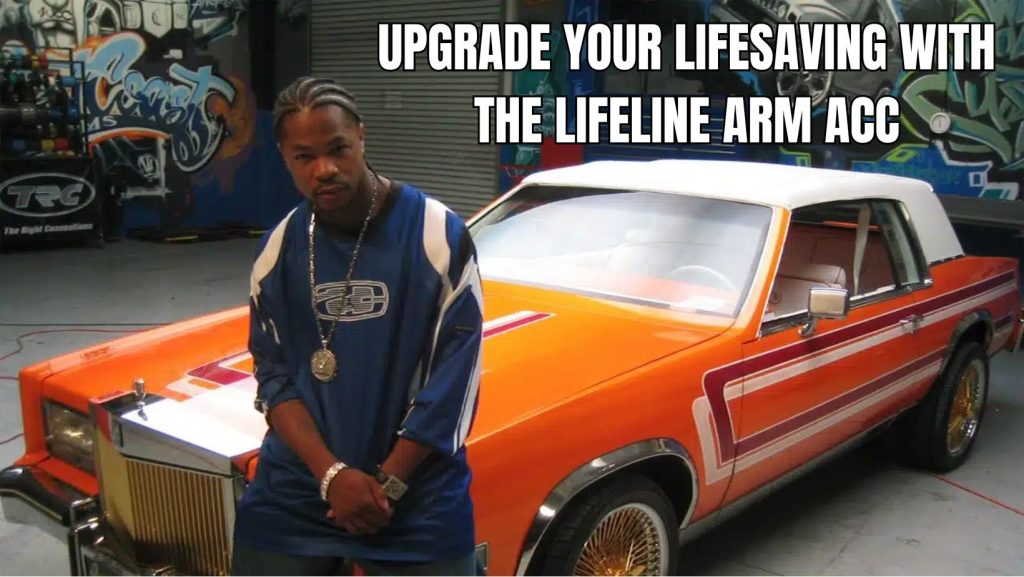A Look at the Future of Resuscitation: Lifeline ARM ACC
Lifeline ARM Automated Chest Compression (ACC) is a device designed for professional rescuers — such as paramedics, firefighters, lifeguards and emergency medical technicians (EMT) — to deliver chest compressions when manual CPR is not possible.
It is easy to carry as it comes with a handy red canvas case, designed for backpack portability.

EASE OF USE
Lifeline ARM Automated Chest Compression (ACC) is easy to use but, it should not be operated by regular people. Only professional rescuers are authorised to operate this device because they have extensive training in CPR and emergency response procedures.
COST
The price for most ACC devices falls between the $8,000 – $16,000 range. Lifeline ARM ACC being $13,950 is not too high of an investment since it is within the mid-price point.
USER INTERACTION
The device is semi-automated, meaning that it would require a professional to position the device, start it, monitor the patient and stop when needed.

CPR GUIDELINES
Lifeline ARM ACC delivers consistent and uninterrupted chest compressions according to AHA/ERC guidelines (a compression depth of 2 inches/5 cm and a rate of 100 compressions per minute).
IDEAL PATIENTS
The device is designed for use on adult patients experiencing cardiac arrest. According to Defibtech, the adult patients that fit into the ACC mush have a chest width of 18 inches (45.7 cm) max and a chest height of 6.5 to 11.8 inches (16.5 to 30 cm).
POWER SOURCE
Lifeline ARM ACC is powered by a rechargeable lithium-ion battery. On a full charge, the battery provides approximately 1 hour of continuous chest compressions.
It is recommended to replace the battery pack every 3 years or if the battery pack indicator displays a replace battery pack condition (~300 charge/ discharge cycles).
MAINTENANCE NEEDS
Life-Assist — one of America’s largest distributors of emergency medical supplies and equipment for First Responders, including Paramedics, EMTs, and EMS providers — offers maintenance plans specifically for the Lifeline ARM ACC.
They recommend preventive maintenance every 18 months, or every 200 hours of operation depending on whichever comes first.

ADVANTAGES OF Lifeline ARM ACC
1. Delivers consistent chest compressions at the recommended depth and rate, which can be challenging to maintain during manual CPR, especially over extended periods. This consistency can improve blood flow during resuscitation efforts.
2. Free up rescuers to focus on other critical tasks like airway management and medication administration. This can be especially beneficial in situations with limited personnel or prolonged resuscitation attempts.
3. Manual CPR can put a strain on the rescuer’s back and arms. Mechanical CPR devices can reduce the risk of rescuer injury.
LIMITATIONS OF Lifeline ARM ACC
1. Expensive to purchase and maintain compared to the relatively low cost of CPR training.
2. Not suitable for children or infants due to size limitations or the need for specialized CPR protocols.
TL;DR
For professionals only: Powerful CPR machine helps paramedics deliver perfect chest compressions, freeing them up for other tasks. Expensive ($14k) and not for kids/infants.










